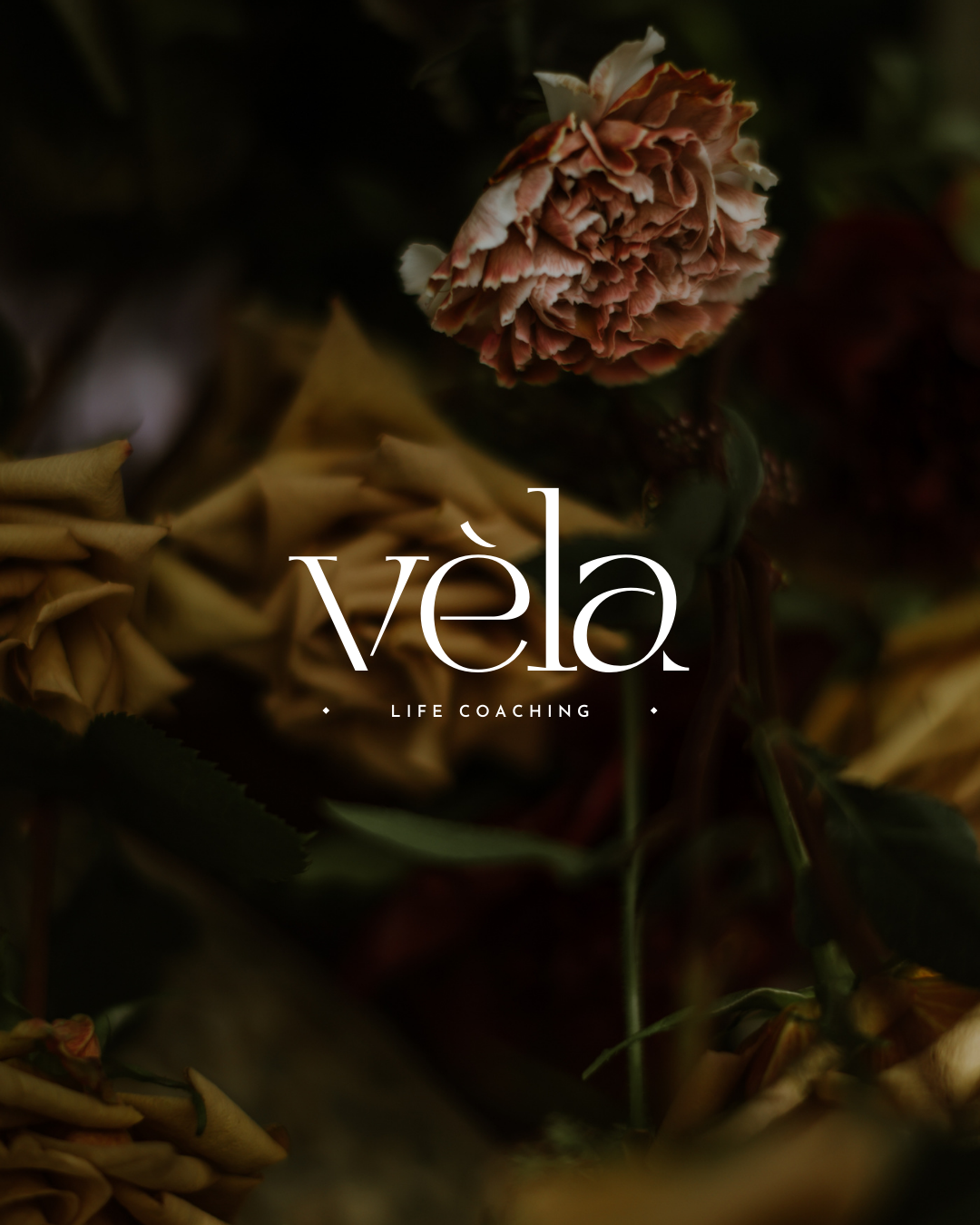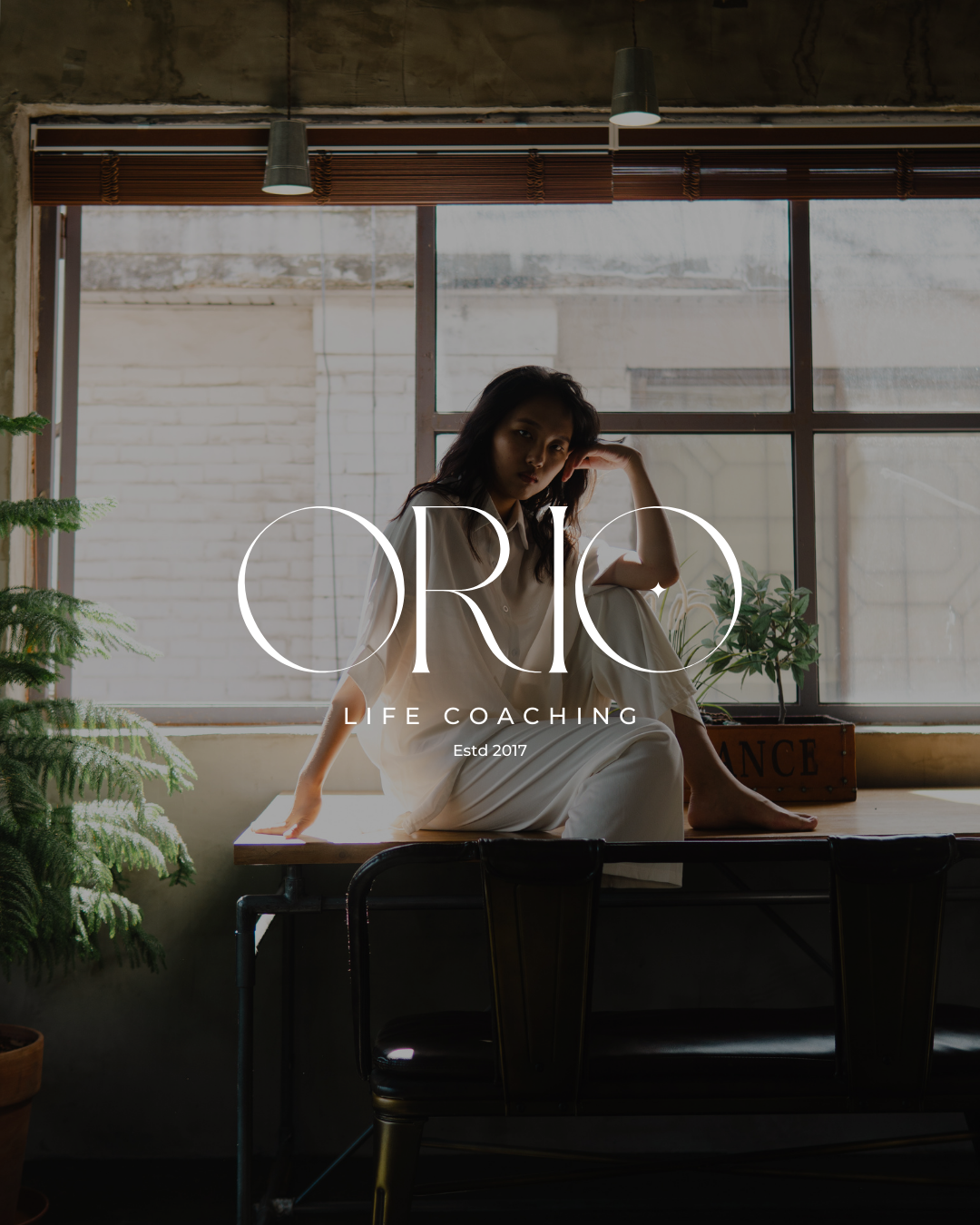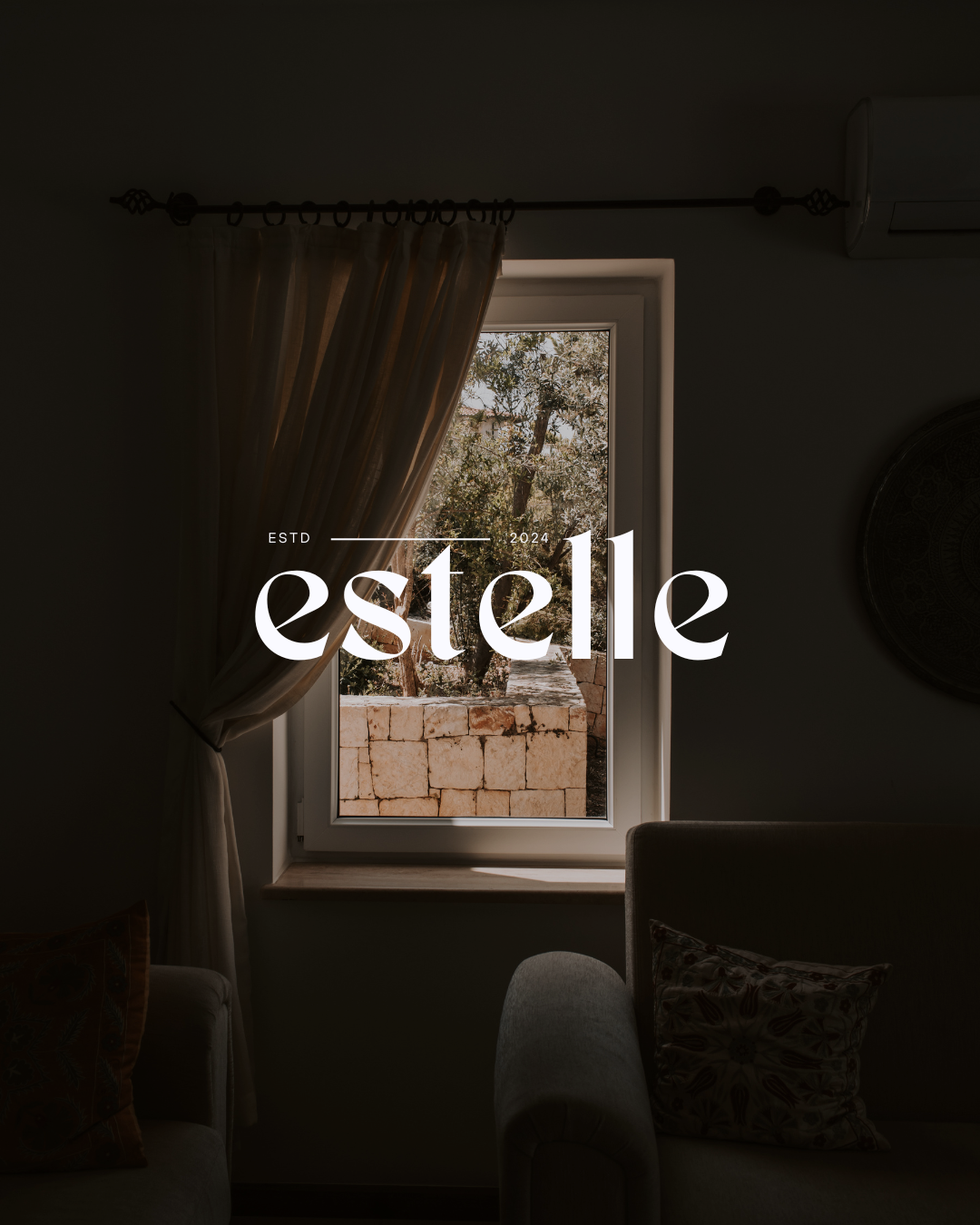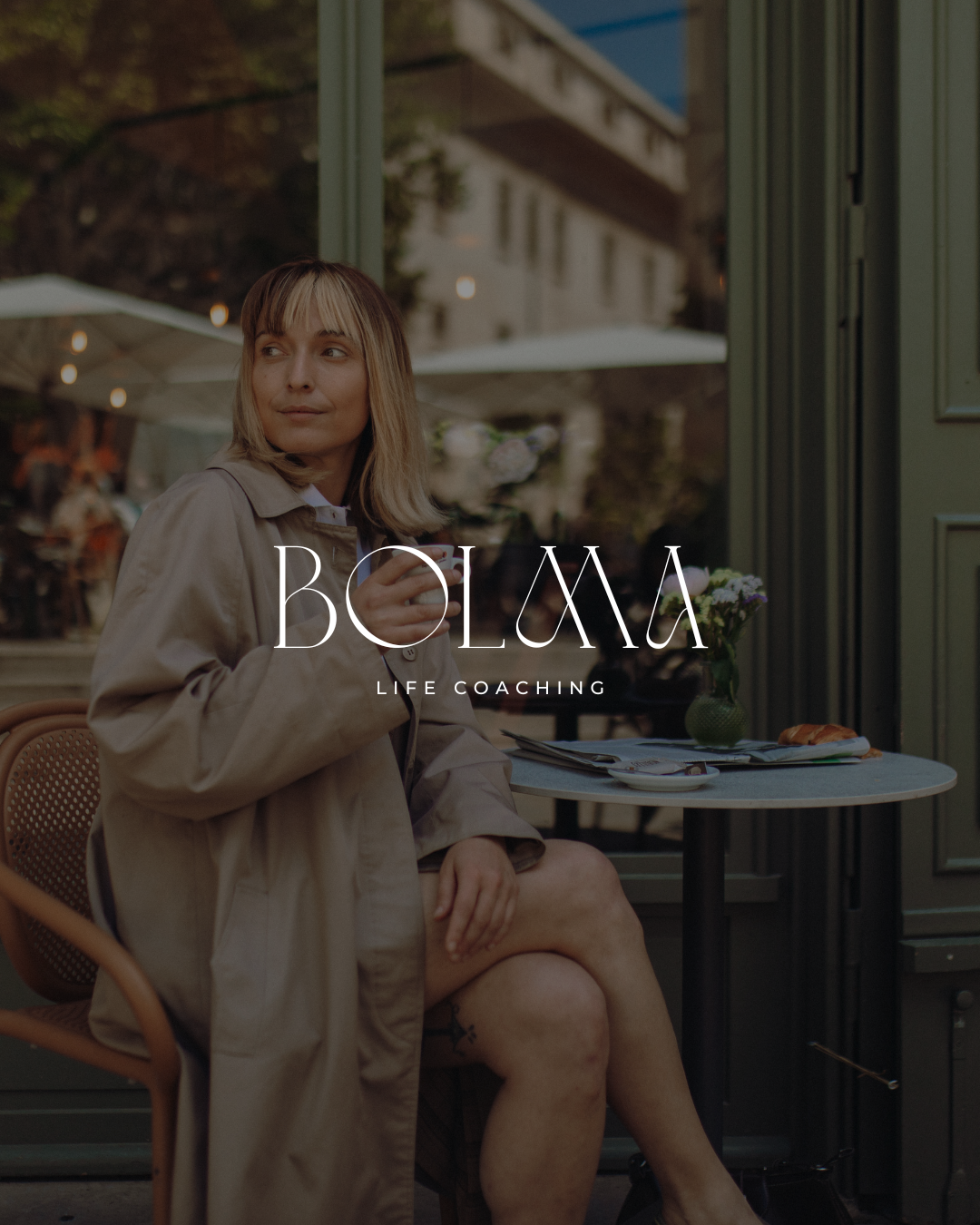20 life coach logo ideas and branding tips
20 life coach logo ideas and branding tips
Building your life coaching brand is a unique and exciting journey, but it’s normal to feel a bit overwhelmed, especially when it comes to branding. Your logo is one of the first things potential clients see, and it needs to capture the essence of your work, your style, and the transformation you offer. So, where do you start? Should you go with a simple DIY logo or hire a designer? And how can you ensure your brand communicates what’s truly important to you?
In case we haven’t met, I’m Natalia,
a web designer for life coaches
who want to create an online presence that reflects their authentic selves. I know how challenging it can be to navigate the branding process, and I’m here to simplify it for you, starting with logo design ideas and branding tips tailored to life coaches like you. Let’s dive into how to make your logo and brand memorable, impactful, and, most importantly, uniquely you.

How to build a life coach brand that stands out
Before jumping into logo design, let’s zoom out and look at the bigger picture of your brand. Your brand isn’t just about looking polished; it’s about creating a vibe, a personality, and a promise that resonates deeply with your clients. A strong brand feels like you—authentic, intentional, and aligned with what you stand for as a coach.
Here are some standout branding tips to help you connect on a deeper level:
- Identify Your Unique Magic : What’s the one thing only you can bring to the table? Think about a unique coaching method, personal value, or life experience that defines your approach. Highlighting this will give your brand a memorable, personal touch. (Tip: Write down three things clients love most about your sessions, and use these as foundational brand elements.)
- Build a Color Palette That Tells a Story : Colors do more than look pretty; they evoke emotions. Are you a grounding, serene presence? Soft blues and greens can communicate calm and trust. Are you all about motivation and bold moves? Bright oranges or reds can spark that energy. (Pro tip: Start with three primary colors that capture the feel you want, then add complementary tones to keep it balanced and versatile.)
- Use Fonts with a Purpose : Fonts go beyond style—they have personality. Clean, sans-serif fonts convey modernity and clarity, perfect if your approach is straightforward and focused. Script or serif fonts, on the other hand, feel more personal and warm, ideal if you’re creating a comforting, nurturing space. (Tip: Use a primary font for your logo and headers and a complementary one for body text to keep your brand visually engaging.)
- Find Your Visual Voice : Beyond your logo, how do your images, graphics, and layout choices convey your brand? For example, if you work on resilience and growth, natural textures (like wood or plants) can enhance that message. Use a consistent visual style—like black-and-white images or light, airy photos—that aligns with your brand’s vibe.
- Play With Space and Simplicity : Sometimes, it’s what you don’t add that says the most. A minimalist logo with plenty of white space feels focused and intentional, giving clients a sense of clarity. (Pro tip: Test your logo in both large and small sizes to ensure it retains its impact in different settings.)
These elements make up the “big picture” of your brand, creating a cohesive, memorable experience that clients will associate with your unique coaching journey. The goal is to let your visuals work as a silent introduction, making an impression even before you say a word.
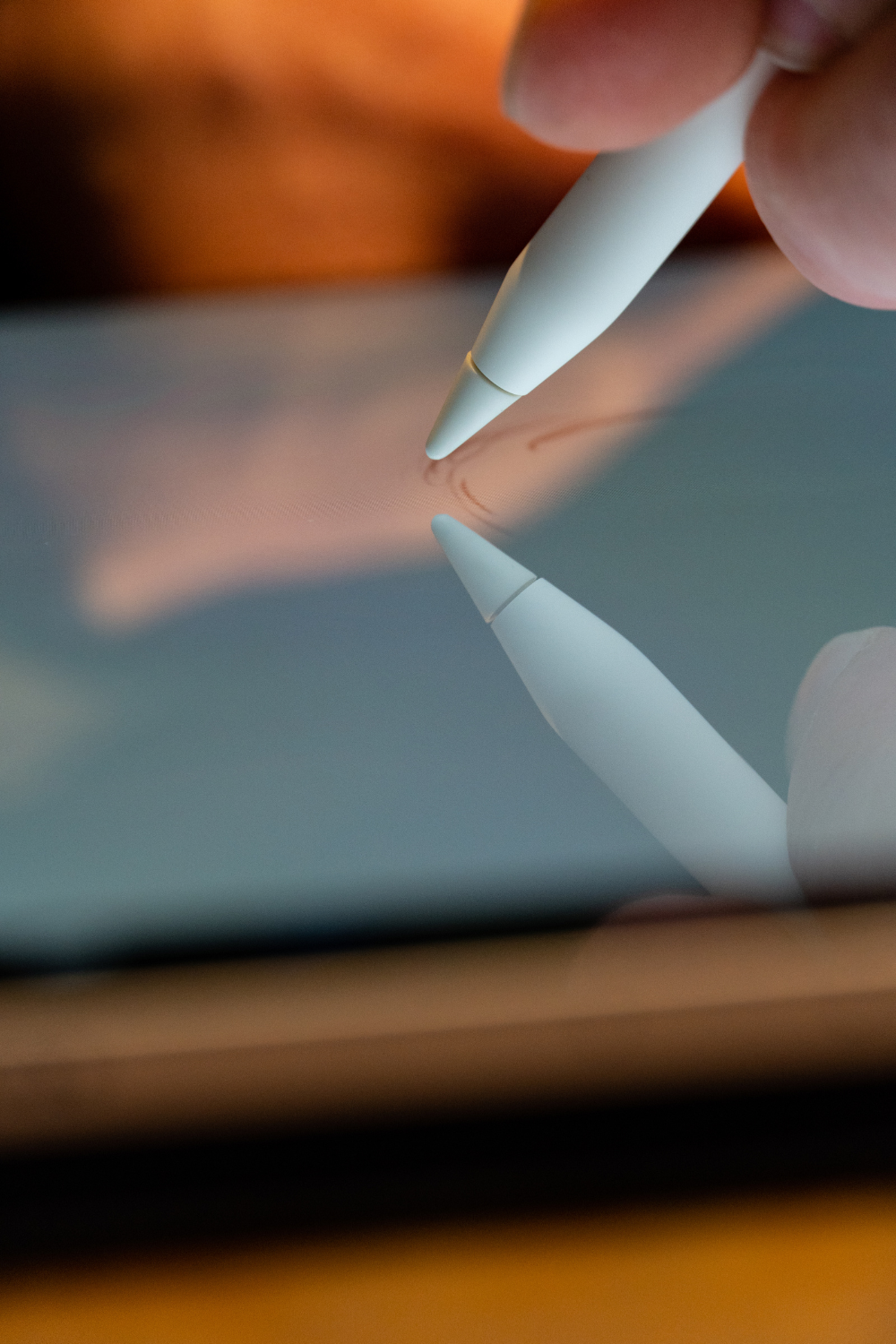
DIY or done-for-you logo?
A big decision in branding is whether to DIY your logo or go the professional route. Both approaches come with perks and challenges, and it often depends on where you are in your business journey and what resonates most with your brand vision.
DIY logo:
- Why it works : Going DIY is budget-friendly and lets you experiment, giving you complete creative control to explore what feels like “you.”
- Challenges : It can be time-consuming, and without a design background, it might lack that professional polish.
Hiring a designer:
- Why it works : A designer brings expertise and a fresh perspective to capture your essence in a unique, cohesive logo. Plus, they can guide you on color, typography, and all the subtle design choices that make a logo memorable.
- Challenges : Professional designs come with a higher price tag and require clear communication. Make sure to find someone who understands your vision and values.
If you’re just starting out and want to ease into branding, try a simple DIY logo for now—think of it as a “starter” logo. Then, when you’re ready to invest more into your brand, a designer can help you create a refined version that will grow with your business.
What is the purpose of a logo?
Your logo is so much more than a symbol; it’s your brand’s handshake. It’s often the first thing clients see, setting the tone for their connection with you. A thoughtful, well-designed logo builds trust, makes your brand memorable, and gives clients a glimpse into your personality and values.
Important elements to consider when building your life coach brand
Creating a brand that resonates goes beyond colors and fonts. Here’s a breakdown of key elements to think about when designing a logo and branding your life coaching practice:
Purpose
Your brand should be clear about the purpose behind your coaching practice. What transformation do you provide? Use visuals, colors, and words that communicate this mission in a way clients can connect with instantly.
Values
Identify core values that guide your work. Whether it’s empathy, authenticity, growth, or resilience, these values should be reflected in your logo and brand identity.
Brand voice
Your brand voice should match the vibe of your logo. Are you warm and encouraging, or focused and direct? Choose elements that align with how you want clients to perceive you.
Make sure your logo and overall brand design resonate with the emotions you want your clients to feel. An approachable, calming logo could attract clients looking for a safe space, while an energetic design could appeal to those looking for motivation.
What are the benefits of investing in a premium brand designer?
Investing in a professional brand designer can elevate your brand beyond what DIY efforts often achieve. Here’s why working with a designer can be a game-changer for your life coaching brand:
- Expert Guidance : Designers have a deep understanding of color psychology, typography, and brand dynamics, creating logos that don’t just look good but also communicate the essence of your coaching style and values.
- Uniqueness and Authenticity : A designer brings a fresh perspective, crafting a logo that’s truly unique and helps you stand out in the crowded life coaching space.
20 life coach logo ideas
Here’s some inspiration to get you started. Whether you’re designing your logo yourself or working with a designer, these ideas will help you visualize what’s possible.
Elevate your coaching practice with impactful branding
Your logo is a small piece of the branding puzzle, but it’s a powerful one. The right logo doesn’t just look appealing—it tells a story, capturing the essence of your coaching approach and making potential clients feel drawn to work with you. Whether you design it yourself or collaborate with a professional, let your logo showcase the unique transformation you offer.
Ready to build a digital space that amplifies your brand and speaks directly to your ideal clients? I’m here to help you create a website that reflects your personality, integrates seamlessly with your brand, and supports your coaching journey.
Explore my web design services for life coaches
, and let’s bring your coaching vision to life!

* AI Disclosure: This content may contain sections generated with AI with the purpose of providing you with condensed helpful and relevant content, however all personal opinions are 100% human made as well as the blog post structure, outline and key takeaways.
* Affiliate Disclosure: Some of the links on www.nataliamaganda.com may contain affiliate links meaning that I will get a commission for recommending products at no extra cost to you.

hello! i'm natalia
Latina, web design expert for mental health professionals.
I help ambitious life coaches, therapists and holistic leaders amplify their magic, gain visibility, and simplify their marketing efforts through strategic web design and content.














